With the advice on starting solids varying depending on who you ask, it can be hard to know when the milestone should happen for your baby. We go through the research on when to start solids—at 4 months or at 6 months—to help you make the best decision possible.
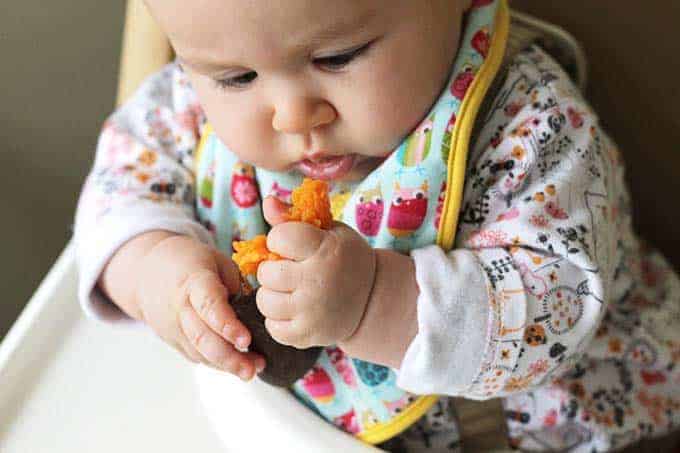
Starting Solids
With a baby, starting solids is one of the most fun and exciting milestones that we get to experience with our babies during the first year. But when to actually start a baby on solid foods, and which foods to go with, can be a little controversial.
And the advice can seem to change depending on who you ask. Many families start at 4 months, and many wait until 6. There’s no one right answer, but there are some factors to consider.
We’ll cover them below to help you make an informed decision that works for your family.
Table of Contents
- Starting Solids
- Starting Solids at 4 Months
- Starting Solids at 6 Months
- Which are the best foods for starting solids?
- Starting Solids: Purees
- First Puree Recipes to Try
- Starting Solids: Baby Led Weaning
- First BLW-Foods to Try
- How many meals should I offer baby each day?
- I'm worried about choking—what should I do?
- When can baby have peanut butter?
- When can baby have milk?
- When can baby have water?
- Babies and Salt
- When can baby have honey?
- Best Early Finger Foods for Babies
- Which highchair is best for a baby?
- Learn More About Starting Solids
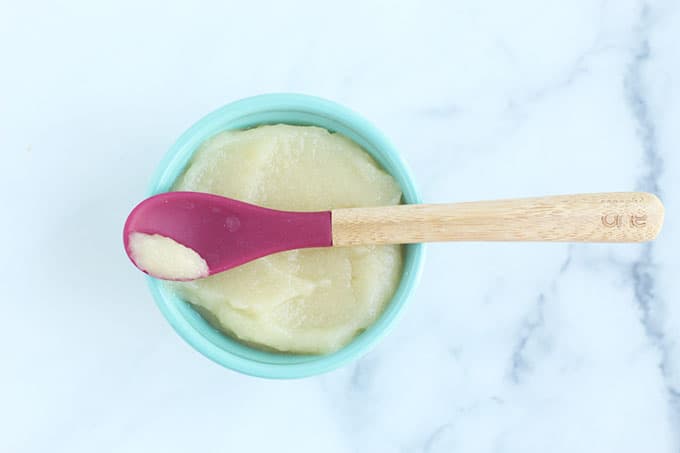
Starting Solids at 4 Months
The American Academy of Pediatrics recommends waiting to start solids until a baby is 6 months, and to go with wide variety of foods, introduced one at a time. But many pediatricians still say it’s okay to start rice cereal at 4 months.
If your pediatrician recommends this at the 4 month check up, ask their thoughts on the recommendation from the AAP.
Newer research, as written about in the book First Bite, also suggests starting closer to 4 months, but with a wider range of flavors to take advantage of a window of greater flavor acceptability in younger babies. It’s thought that by introducing a lot of flavors early on, you might be able to ward off picky eating in toddlerhood.
I am not convinced that there’s that direct of a correlation since most kids go through a very normal phase called neophobia when they are more fearful of new foods during the ages between 2-6. And that happens to kids no matter how they were introduced to food.
But, it is interesting to know that the thoughts on exactly when to start solids is a little more fluid than many of us might have assumed.
TIP: Read more on the phase of neophobia for the full information.
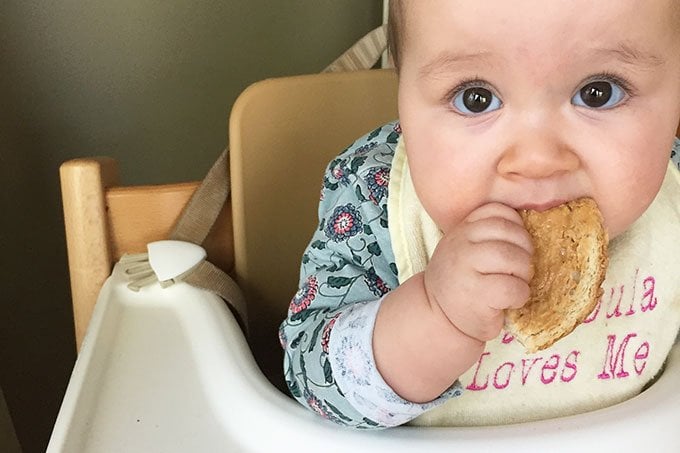 Starting Solids at 6 Months
Starting Solids at 6 Months
Megan McNamee MPH, RDN, CLT is a Registered Dietitian Nutritionist specializing in pediatric nutrition and runs Feeding Littles. She’s also an expert in helping parents start solids and she gives such helpful advice for how to know when your baby is ready to start solids.
She recommends that we pay attention to these readiness signs:
- How well they can sit up on their own.
- How good their head control is.
- Whether they show interest in food when sitting at the table.
- How they sit when they’re in the highchair—can they sit upright without being extensively propped up?
TIP: These markers look at a broader context of the child’s development than just age, and can give you more information when deciding when to start.
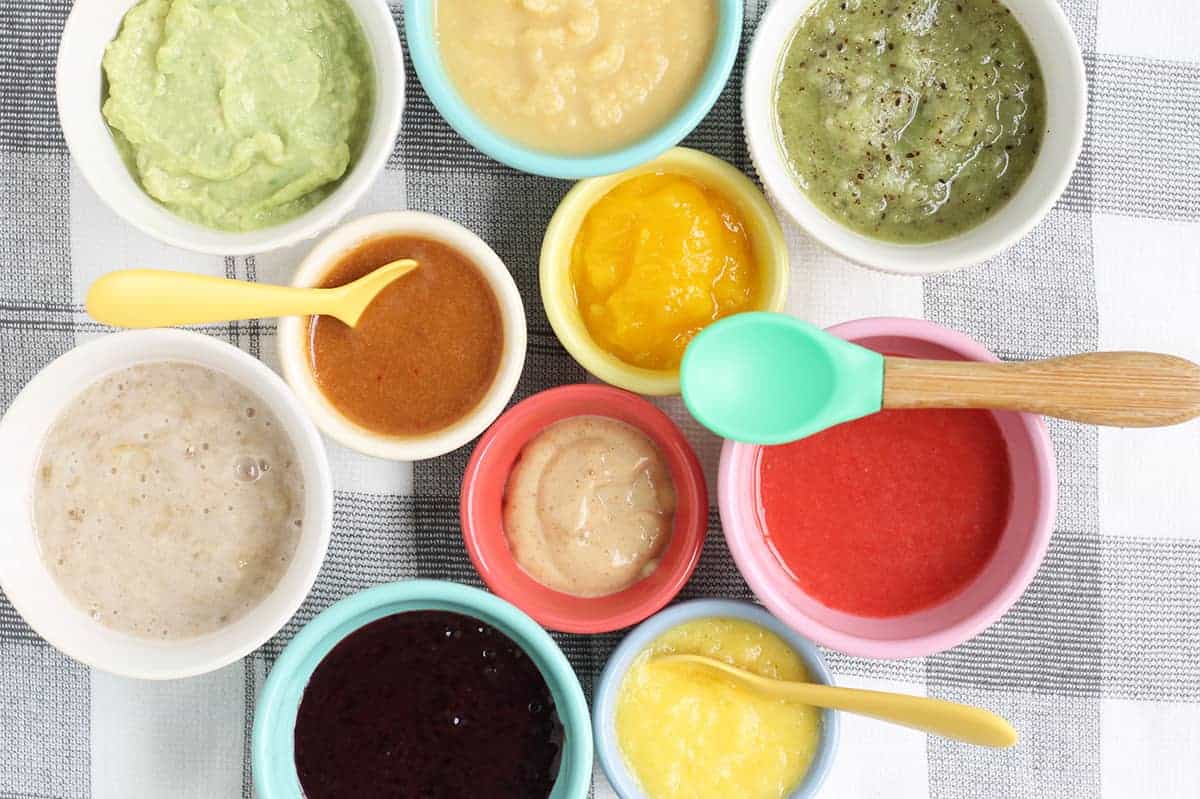
Which are the best foods for starting solids?
For most babies, and according to the American Academy of Pediatrics, it doesn’t really matter which foods you start with as long as they’re whole foods without added salt or sugar.
You can start with single-grain baby cereals like Baby Rice Cereal or Baby Oatmeal, or go with fruits or vegetables, either as baby food purees or BLW style foods.
Babies are born with a preference for sweet foods, but that doesn’t mean you need to avoid fruits or just offer veggies to start. Aim to do a mix of flavors! We like banana, avocado, sweet potato, pureed peas, butternut squash, and pureed fruits.
And you can introduce meat, which is a great source of iron and zinc and are more readily absorbed than from plant-based sources.
TIP: This baby food introduction chart is a great month-by-month resource on which foods are great to offer during baby’s first year.
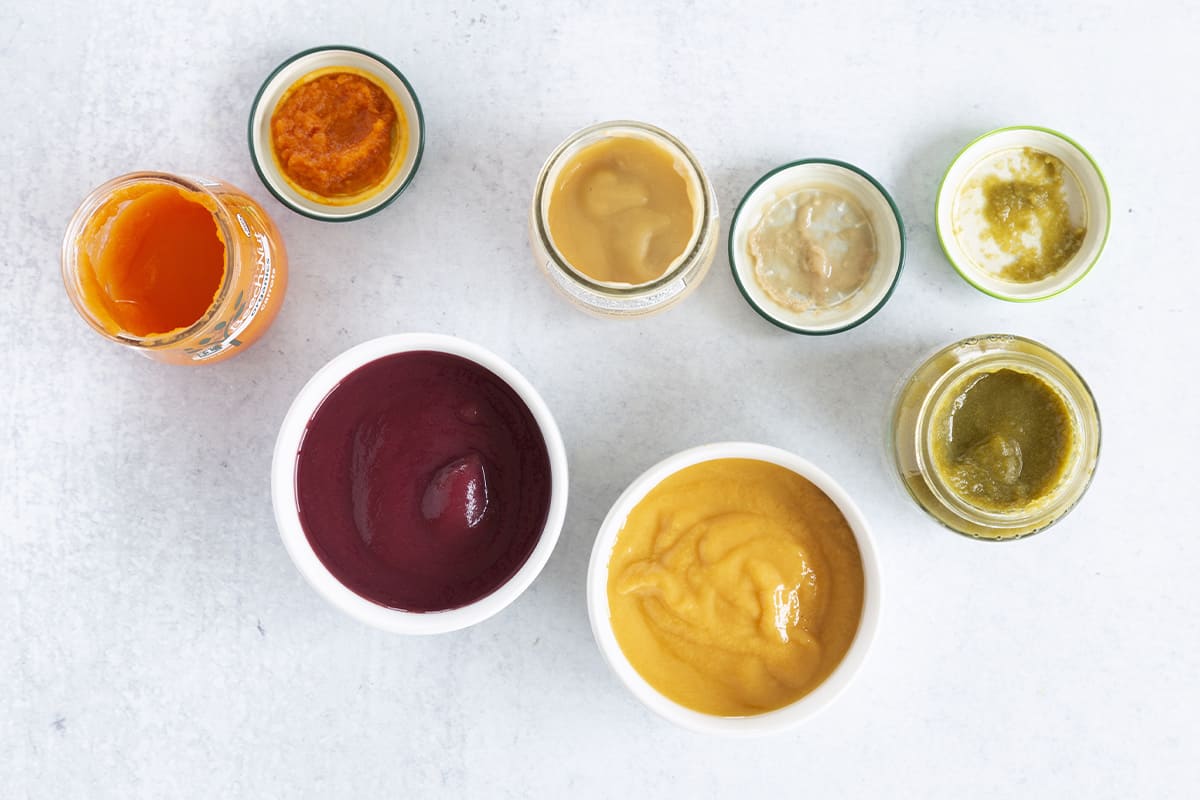
Starting Solids: Purees
Purees are an easy, nutritious option to start solids. You can use store-bought baby food or go with homemade purees. There are so many homemade baby food purees that are fast and simple, and each stores well in the freezer, too.
Typically, you would start with one meal a day, then gradually work up to two meals, then three with the goal of being at at least three meals by the time baby turns one. (Many kids are having three meals and two snacks by age one, but it may depend on how many bottles or breastfeeding sessions, and generally their unique hunger level.)
Babies vary widely in their eagerness to eat solids and may or may not be interested. Offer food when baby is rested and has a full tummy from their milk feeding as it will take them time to connect the dots between this new solid food and its ability to satisfy their hunger.
Let baby take the lead on the amount of food they eat and stop the meal when they close their mouth, turn away from the spoon, or start to fuss. You can even put some of the puree onto a spoon and offer it to baby to feed themselves.
First Puree Recipes to Try
Here are some simple purees that work well to start solids.
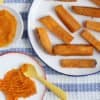
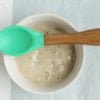
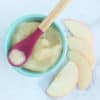
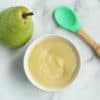
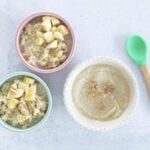
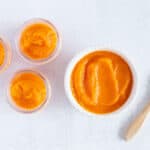
Starting Solids: Baby Led Weaning
The feeding approach known as “baby led weaning foods” or “BLW” for short, is a style of feeding infants that has become increasingly popular over the past decade. It allows babies to feed themselves right from the start with food that is easy to hold in their hands—or foods offered on preloaded spoons.
The food is typically offered in thick finger-size pieces so baby’s little hand can hold it securely. And the foods are soft and easy to squish between your fingers for a low risk of choking.
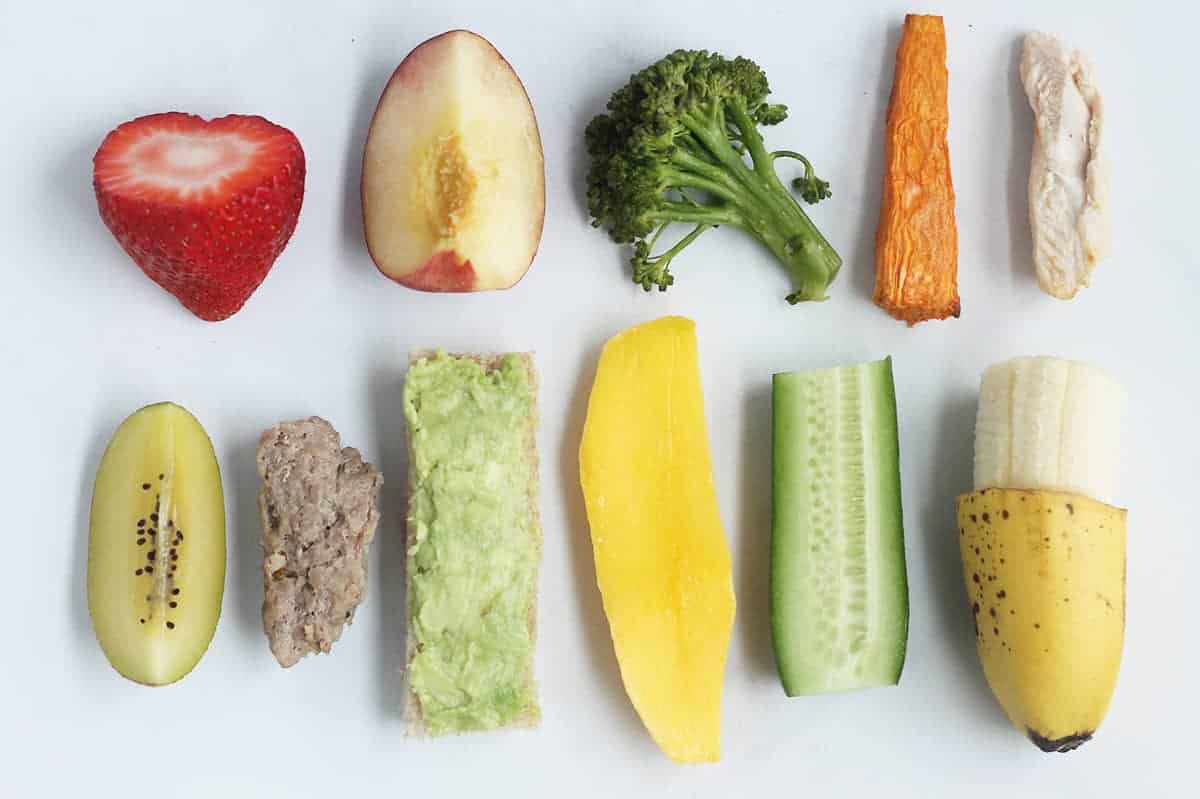
This option has the benefit of allowing you to, very often, share the food that you’re making for the rest of the family with baby with simple modifications.
(I love this method, but want to add that there can be so much shaming online if a family decides not to go with BLW. There is no one right way to feed a family. You can do purees and BLW-style foods. BLW is not magic and it can be incredibly stressful for some people. Every family has a unique set of circumstances and we all need to judge each other a little less.)
My full Guide to Baby Led Weaning has the complete information on using this approach.
First BLW-Foods to Try
Here are some easy and nutritious options to start baby-led weaning.
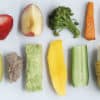
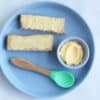
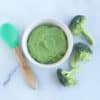
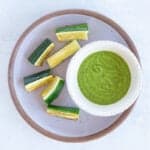
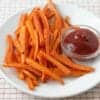
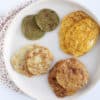
How many meals should I offer baby each day?
You can start with one meal a day, then gradually increase as baby becomes more interested in food and it works naturally with your schedule. There’s no one right way for every family, but generally aim to reach 3 meals (and possibly even two snacks if it works with your schedule) by the first birthday.
Refer to baby feeding schedules for more information and options.
I’m worried about choking—what should I do?
The best thing would be to take an infant CPR course so you feel armed with information. You can also read this post on Toddler Choking Hazards, which will give you all of the info you need about foods to watch out for an avoid to keep mealtimes safe and enjoyable.
Generally, if the food you offer is soft and easy to squish between your fingers, baby is sitting down and has water to drink throughout a meal, you can lower choking risks.
product we love
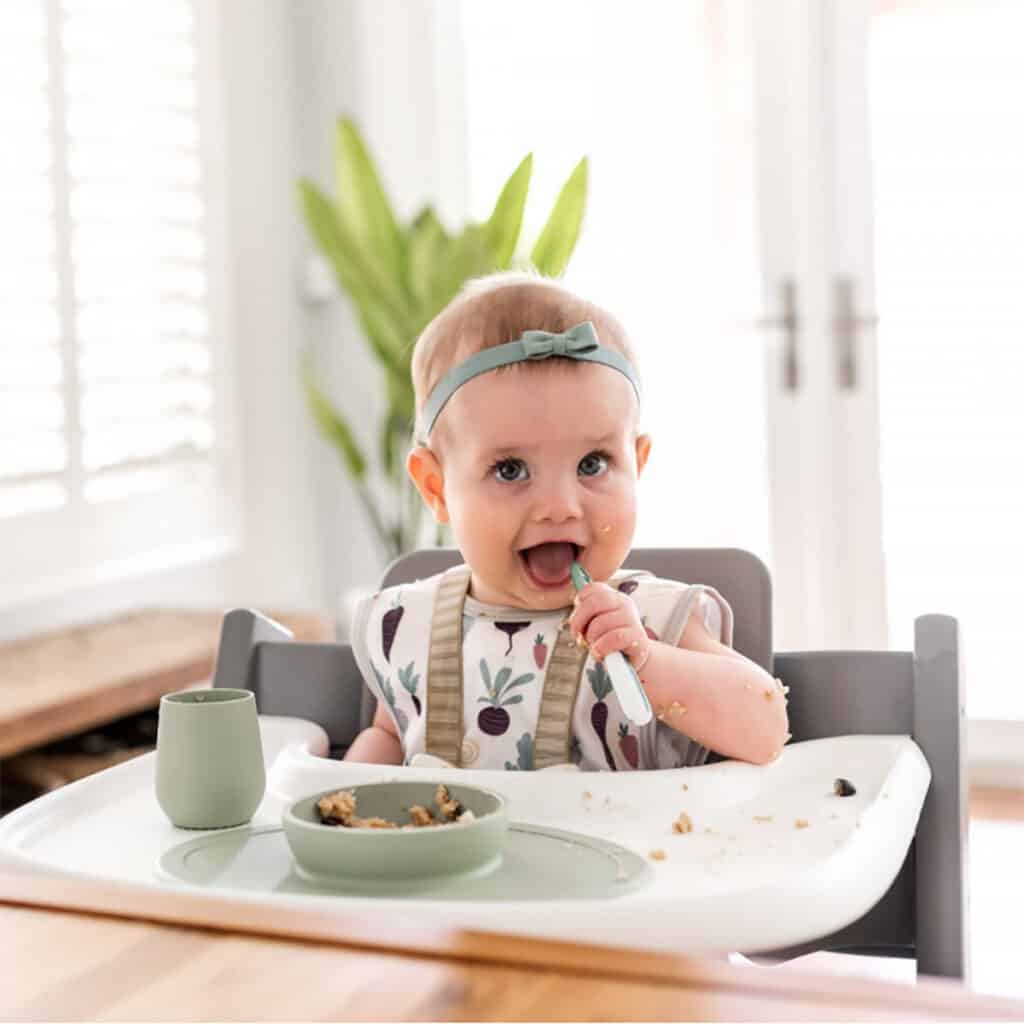
Infant Feeding: The Baby-Led Way
This course from Feeding Littles is the gold standard of safe self-feeding from the start.
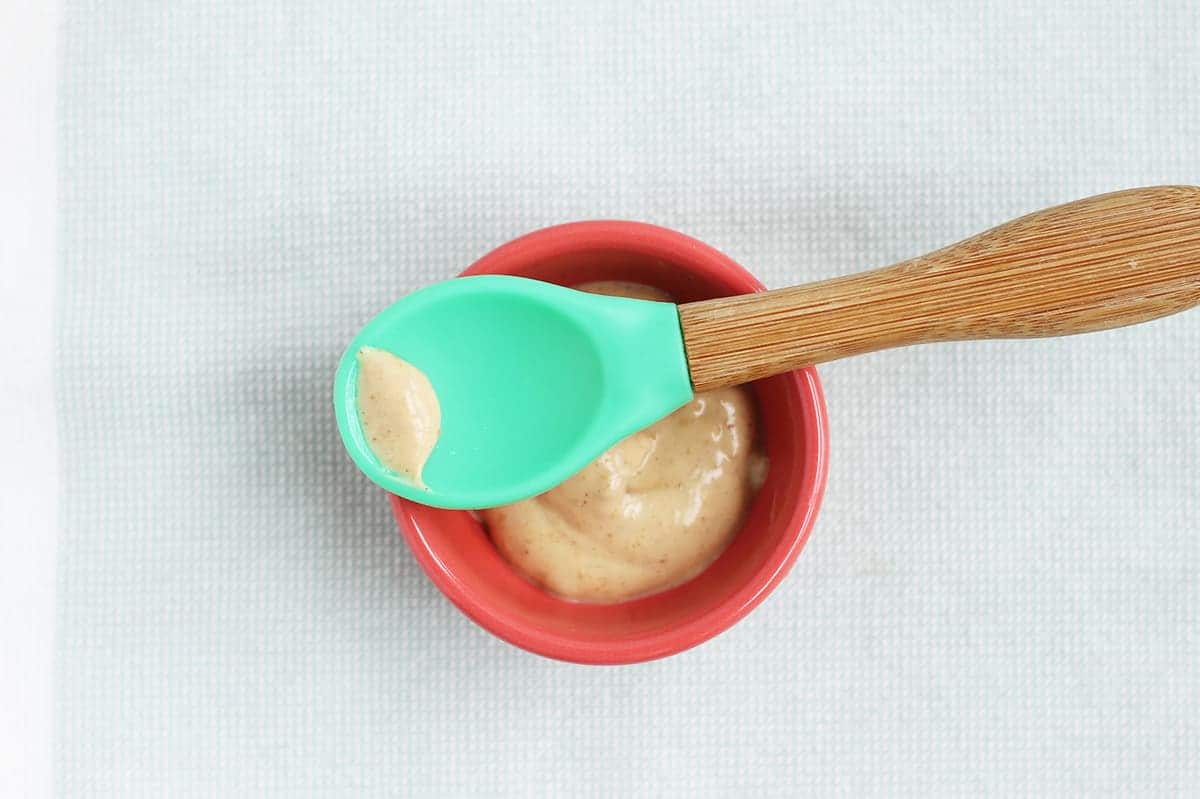
When can baby have peanut butter?
Experts advise introducing it soon after you start solids—assuming there is no history of severe food allergies in the family and baby has not had eczema. Read more about when baby can have peanut butter and find my favorite peanut butter baby food.
When can baby have milk?
Babies should have formula and breastmilk as their primary food and water with meals once they start solids. The American Academy of Pediatrics recommends that we wait to introduce cow’s milk until baby has turned one since, unlike the proteins in dairy like yogurt and cheese, the ones in cow’s milk are harder to digest.
Cow’s milk also contains a large amount of proteins and minerals, which can stress a baby’s kidneys or cause iron-deficiency anemia if given in large quantities. This is in the context of potential issues if you were to put cow’s milk to a baby bottle or sippy cup.
You can use an unsweetened nondairy milk in the meantime.
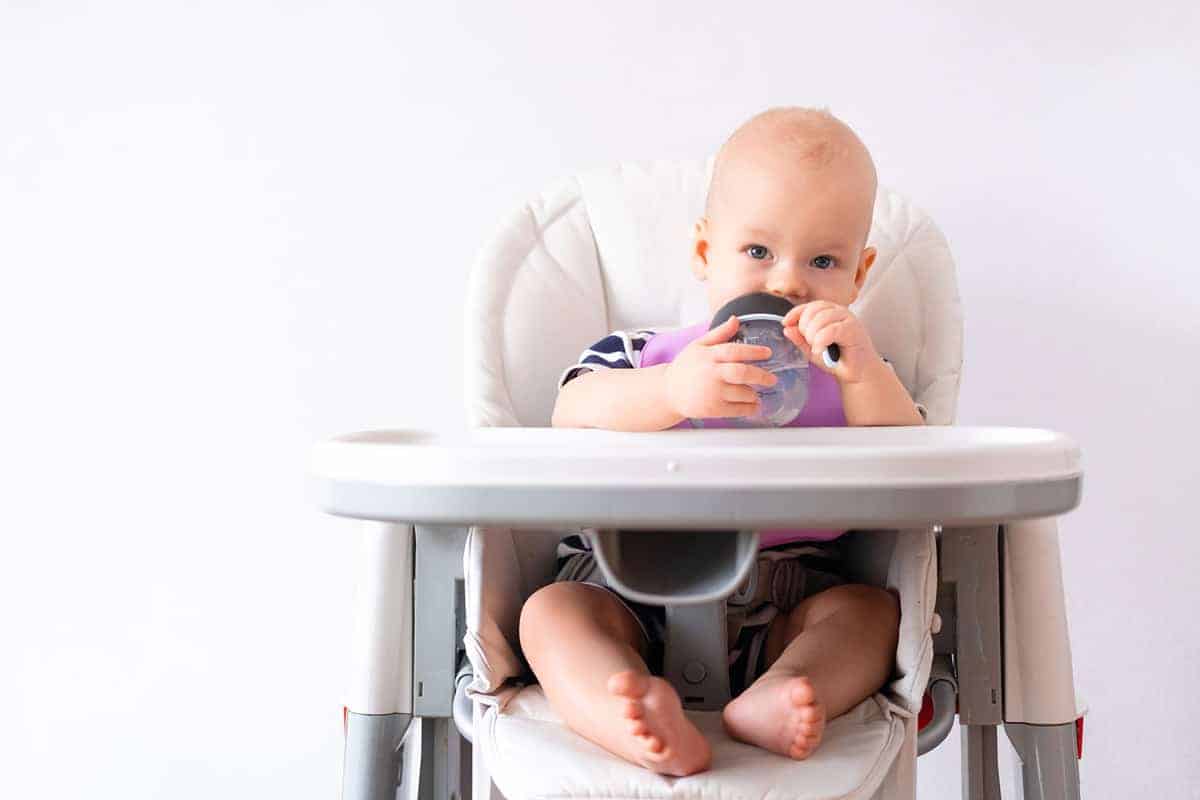
When can baby have water?
When you start offering foods, you can offer a little water along with it to help baby get into the habit of drinking water and to make foods easier to eat. Read more about babies and water—and why we want to wait until 6 months to start it.
Babies and Salt
It’s a good idea to review the recommendations on avoiding salt for babies—and how to do it without making yourself crazy. You can read my full post on babies and salt, too.
When can baby have honey?
Honey is a no-go for kids under age one because it can cause a very rare, but serious, condition called infant botulism. While most foods not recommended for babies are due to choking hazards or allergy concerns, the deal with honey is completely different. And we need to avoid it raw and cooked.
Learn more about babies and honey and know that you can add a lot of flavor to foods using fruit purees like applesauce or mashed banana.
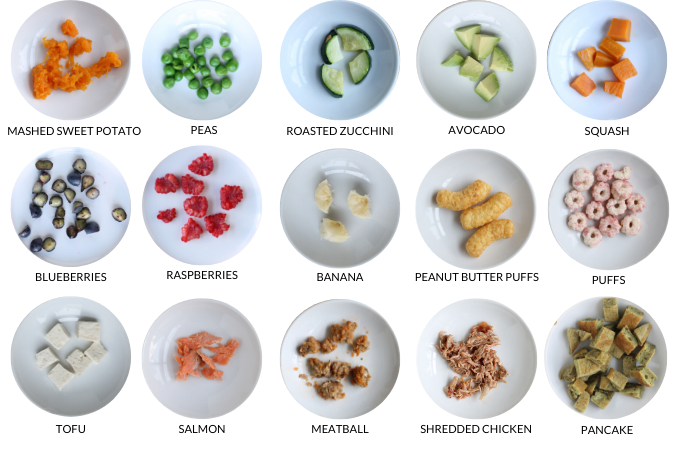
Best Early Finger Foods for Babies
Once a baby reaches around 9 months of age, they will have the ability to pick up smaller pieces of foods with their fingers. At that point, you can start offering more finger foods. Aim for them to be very easy to chew—you should be able to squish them between your fingers easily.
TIP: Find my full list of the best Early Finger Foods for baby for easy reference.
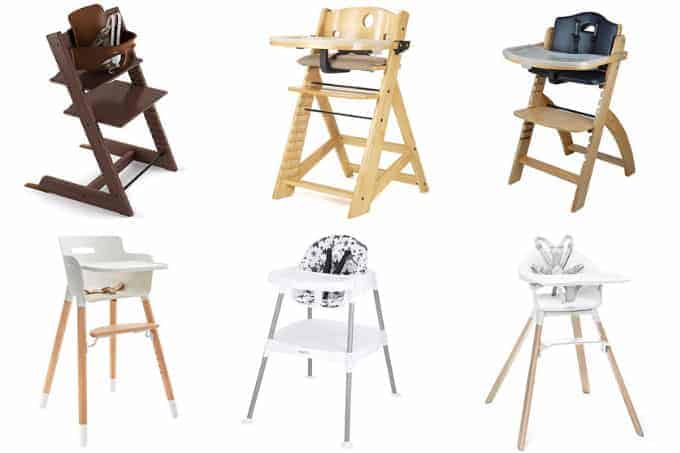
Which highchair is best for a baby?
You’ll want a baby and toddler highchair that allows a baby to sit upright, rather than slouched back in a reclining position which could be a choking hazard. It’s also a good idea to choose a highchair that has a food rest which can promote proper body positioning while sitting.
Two of our favorites are the Stokke Tripp Trapp, which I’ve had for 7 years now and can say that it’s incredibly durable and easy to clean. We also love that it transforms into a stool once the kids are too big for the highchair components. It’s totally worth the price!
Another highchair that’s great for babies is Keekaroo Height Right Kids Chair that has nice cushions for added support.
TIP: Find my full list of favorite Highchairs for Babies and Toddlers for more information.
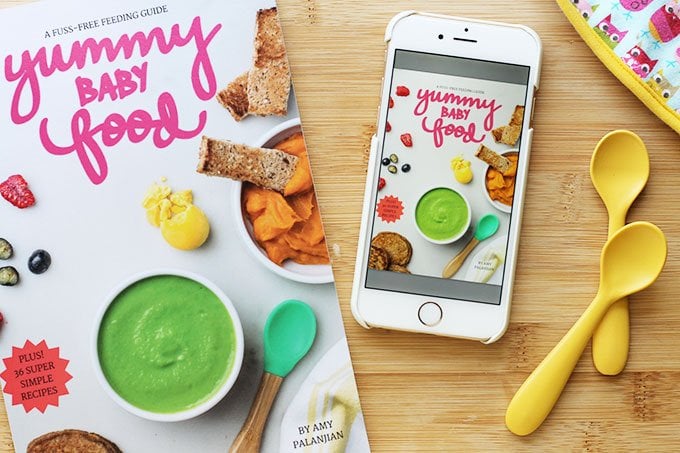
Learn More About Starting Solids
For my full information on starting solids. check out my Yummy Baby Food ebook. It takes you through the first year, with step-by-step advice, recipes, and tips in an easy to use digital format.
Related Recipes
I’d love to hear your feedback on this post, so please comment below to share.
This post was first published October 2018.
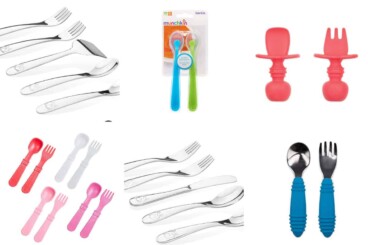
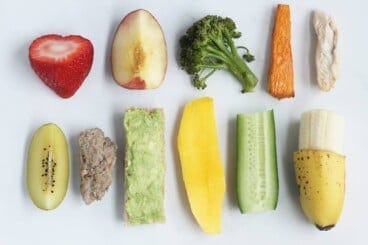
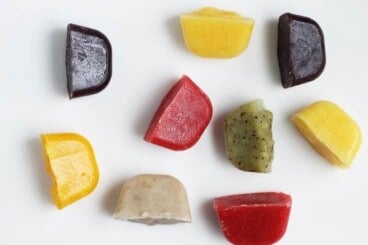
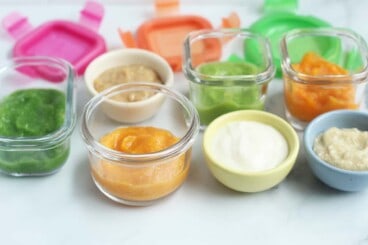


















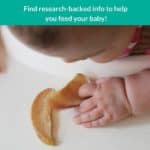
Hi,
Thank you for all this information.
My 2.5 old continues to struggle eating solids(she gags and eventually throws up) when she finds any solid food in her pure. She eats oatmeal,yogurts and everything else but blended. Any recommendations?
Hi- At that age, that severe of a reaction is outside of what’s considered normal. If this is ongoing and not connected to any medical issues, I would consider working with a feeding therapist. In the meantime, you could look at this post for ways to help her get used to more textures. https://www.yummytoddlerfood.com/feeding-toddlers-with-texture-issues/
what if my baby is 6 months old but does not sits on his own , so what should be given
You could consider their head control and try to make sure that they can sit, even if slightly supported, very upright in their highchair rather than slouching back.
If your LO has good head control try feeding in the Bumbo chair. My 5 month old loves it and my Son who is now 4 yrs old loved it at 5 months too. It supports baby’s back while teaching them to sit up at the same time.